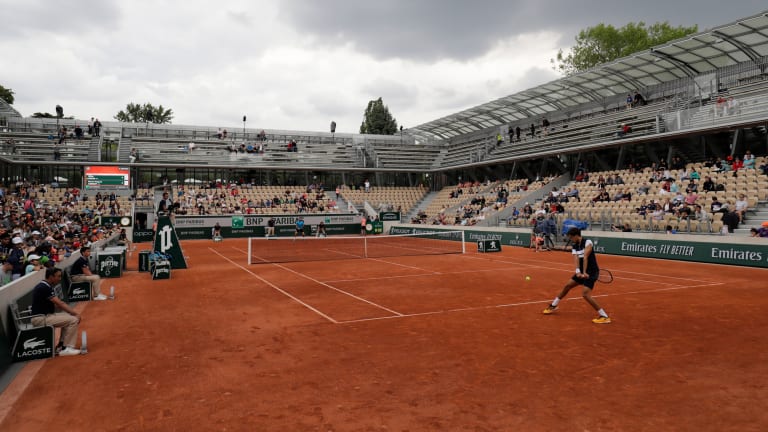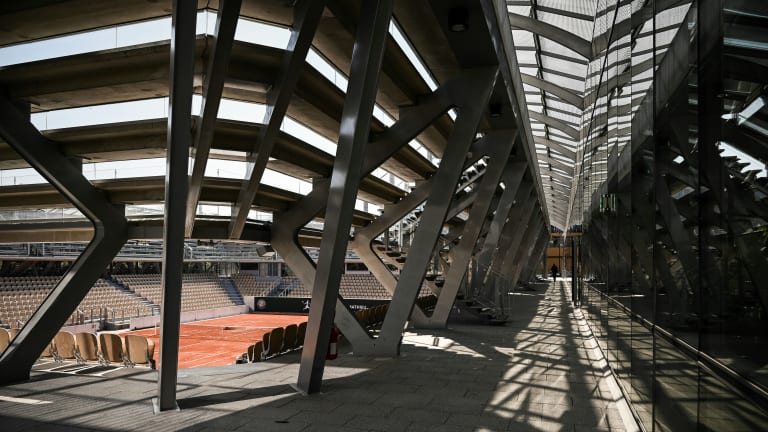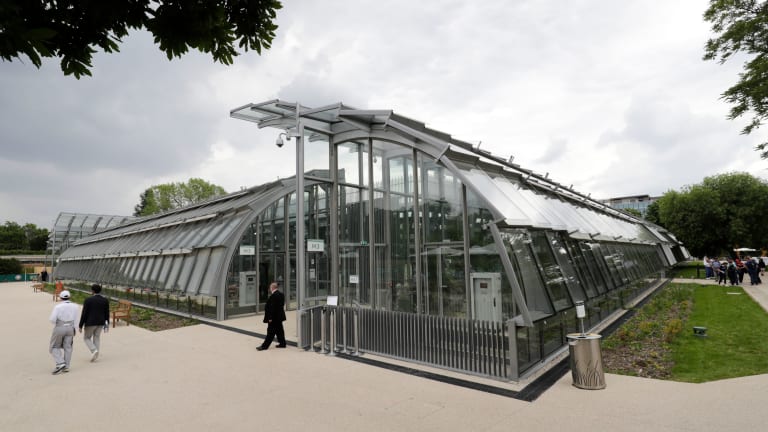Roland Garros
Court Simonne-Mathieu: Great change comes to historic Roland Garros
By May 26, 2019Roland Garros
Coaches Corner: Juan Carlos Ferrero proves essential to Carlos Alcaraz's Roland Garros success
By Jun 14, 2024Roland Garros
What’s next for Novak and Nadal? Four ATP storylines after the Paris fortnight
By Jun 10, 2024Roland Garros
Naomi’s resurgence, Iga on grass: Four WTA storylines after the Paris fortnight
By Jun 10, 2024Roland Garros
Carlos Alcaraz becomes the clay-court champion that he—and we—always knew was possible
By Jun 09, 2024Roland Garros
Coco Gauff wins first Grand Slam doubles title with Katerina Siniakova in dream team debut
By Jun 09, 2024Roland Garros
Coco Gauff is a Grand Slam champion in singles and doubles, exceeding her own expectations
By Jun 09, 2024Roland Garros
From Rafa to Iga: as one owner of Roland Garros departs, a new one has moved in
By Jun 08, 2024Roland Garros
Roland Garros men's final preview: Carlos Alcaraz vs. Alexander Zverev
By Jun 08, 2024Roland Garros
Marcelo Arevalo, Mate Pavic beat Simone Bolelli, Andrea Vavassori to win Roland Garros doubles title
By Jun 08, 2024Roland Garros
Court Simonne-Mathieu: Great change comes to historic Roland Garros
With the playing surface lowered 15 feet below ground level, the four new glass houses that surround it provide a unique setting—a deliberate aim of the French architect-engineer Marc Mimram, whose ambition was to merge sport with nature.
Published May 26, 2019
Advertising
Advertising

Court Simonne-Mathieu: Great change comes to historic Roland Garros
© AFP/Getty Images
Advertising

Court Simonne-Mathieu: Great change comes to historic Roland Garros
© AFP/Getty Images
Advertising

Court Simonne-Mathieu: Great change comes to historic Roland Garros
© AFP/Getty Images
Advertising

Court Simonne-Mathieu: Great change comes to historic Roland Garros